BLOG
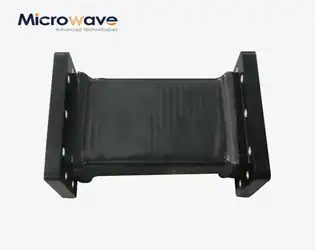
Flexible Seamless Waveguide for Military and Aerospace: 5 Key Advantages
July 31, 2025
In the demanding world of military and aerospace applications, where signal integrity and system reliability can mean the difference between mission success and failure, Flexible Seamless Waveguide technology has emerged as a critical component for high-frequency signal transmission. These specialized components represent a significant advancement in microwave engineering, offering unparalleled performance in environments where traditional rigid waveguides fall short. The unique combination of flexibility and seamless construction addresses the complex challenges faced by modern defense systems, satellite communications, and aerospace platforms that require both mechanical adaptability and exceptional electrical performance in extreme conditions.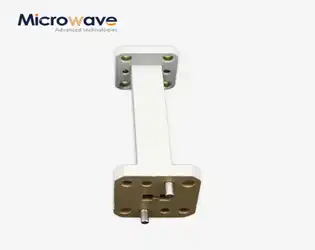
5 Reasons to Upgrade to a Double Ridge Waveguide Transition
July 30, 2025
In the rapidly evolving landscape of microwave technology, system engineers and RF professionals continuously seek components that deliver superior performance while maintaining cost-effectiveness. The Double Ridge Waveguide Transition has emerged as a transformative solution that addresses critical challenges in high-frequency applications. This innovative component represents a significant advancement over traditional waveguide designs, offering enhanced signal integrity, broader frequency coverage, and improved power handling capabilities. Whether you're working in telecommunications, aerospace defense, or scientific research, understanding the compelling advantages of upgrading to a Double Ridge Waveguide Transition can revolutionize your system's performance and operational efficiency.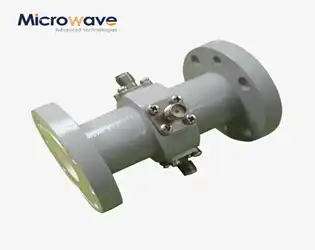
Top 7 Benefits of Using a Waveguide Probe Coupler in RF Systems
July 30, 2025
In the rapidly evolving landscape of RF and microwave technology, precision signal measurement and monitoring have become fundamental requirements for successful system operation. Among the critical components that enable these capabilities, the Waveguide Probe Coupler stands out as an indispensable tool that bridges the gap between complex waveguide systems and measurement equipment. This sophisticated device offers engineers and technicians the ability to sample RF signals with minimal system disruption while maintaining exceptional accuracy and reliability. Understanding the comprehensive benefits of implementing waveguide probe couplers in RF systems is essential for professionals seeking to optimize their microwave applications across telecommunications, aerospace, defense, and satellite communication sectors.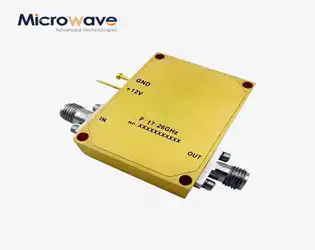
Unlock High-Frequency Stability with a Low Phase Noise Amplifier
July 30, 2025
In today's rapidly advancing world of high-frequency communications, achieving optimal signal integrity remains a critical challenge for engineers and system designers. The key to unlocking superior performance lies in understanding and implementing Low Phase Noise Amplifier technology, which directly addresses the persistent problem of unwanted phase noise and jitter that can significantly degrade system performance. These sophisticated amplifiers serve as the cornerstone of modern communication systems, providing the stability and precision required for applications ranging from satellite communications to advanced radar systems. By minimizing phase noise to exceptionally low levels, these amplifiers ensure that signals maintain their integrity across vast distances and challenging environments, making them indispensable for mission-critical applications in aerospace, defense, and telecommunications sectors.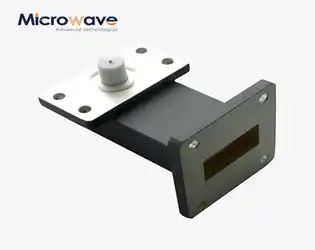
Which Industries Benefit Most from Using a Right Angle Waveguide to Microstrip Adapter?
July 29, 2025
In today's rapidly evolving technological landscape, the seamless integration of different transmission line technologies has become crucial for achieving optimal performance in microwave and millimeter-wave systems. The Right Angle Waveguide to Microstrip Adapter stands as a pivotal component that bridges the gap between waveguide and microstrip transmission lines, offering exceptional versatility across multiple industries. This specialized adapter enables efficient signal transmission while maintaining signal integrity, making it indispensable for applications requiring precise electromagnetic performance. From satellite communications to aerospace defense systems, various industries have recognized the significant advantages that Right Angle Waveguide to Microstrip Adapters bring to their operations, particularly in applications where space optimization and reliable signal conversion are paramount.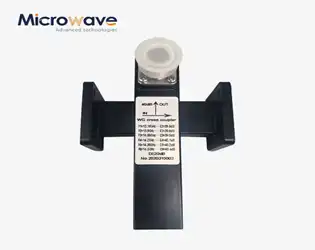
Top 5 Benefits of Crossguide Directional Coupler in RF Design
July 29, 2025
In the rapidly evolving world of RF and microwave engineering, the selection of appropriate coupling devices can significantly impact system performance, reliability, and efficiency. Among the various coupling solutions available, the Crossguide Directional Coupler stands out as a cornerstone component that delivers exceptional performance across diverse applications. This comprehensive analysis explores the five most significant benefits that make crossguide directional couplers indispensable in modern RF design, from their superior space efficiency to their remarkable signal integrity capabilities. Understanding these advantages is crucial for engineers, system designers, and procurement professionals who seek to optimize their RF systems while maintaining the highest standards of performance and reliability in today's demanding technological landscape.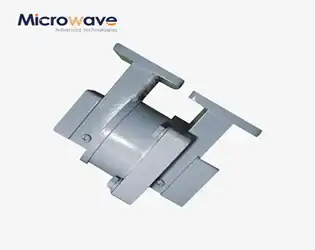
How to Select the Right Waveguide Single Channel Rotary Joint for Your System?
July 29, 2025
Selecting the appropriate Waveguide Single Channel Rotary Joint for your system demands careful consideration of multiple technical parameters and application requirements. These sophisticated microwave components serve as critical interfaces between rotating and stationary RF systems, enabling seamless signal transmission in demanding environments across satellite communications, defense, aerospace, and navigation applications. The selection process involves evaluating frequency ranges, power handling capabilities, environmental specifications, and mechanical configurations to ensure optimal performance and reliability for your specific operational needs.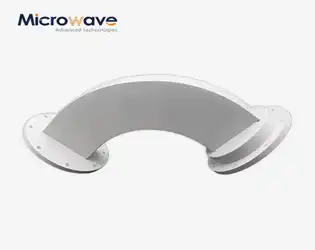
Waveguide H Bend Explained: A Key to High-Frequency Signal Integrity
July 28, 2025
In the realm of high-frequency microwave systems, maintaining signal integrity while accommodating directional changes represents one of the most critical engineering challenges. The Waveguide H Bend emerges as an indispensable solution, offering precise electromagnetic wave routing through the H-plane (narrow wall) of rectangular waveguides. These precision-engineered components are designed for minimal signal loss and reflection, ensuring efficient signal transmission while directing electromagnetic waves with minimal loss. Advanced Microwave Technologies Co., Ltd has perfected this technology over two decades, delivering custom solutions that maintain exceptional signal quality across frequencies up to 110 GHz, making Waveguide H Bend systems essential for satellite communications, defense applications, aerospace systems, and telecommunications infrastructure where signal fidelity cannot be compromised.




